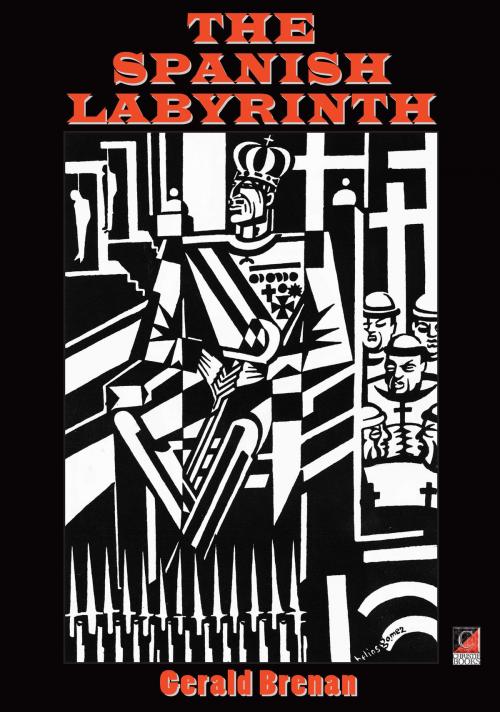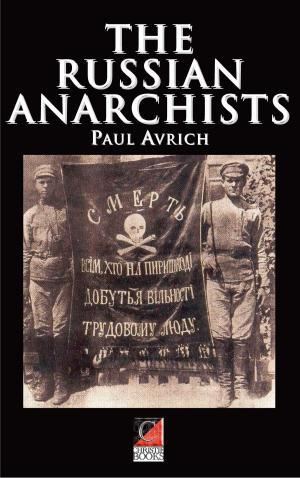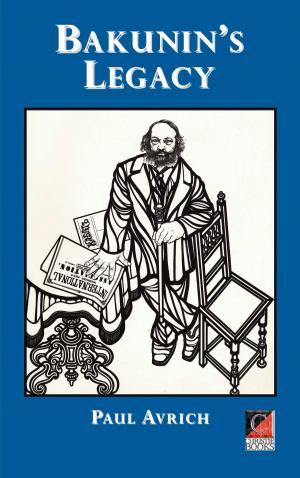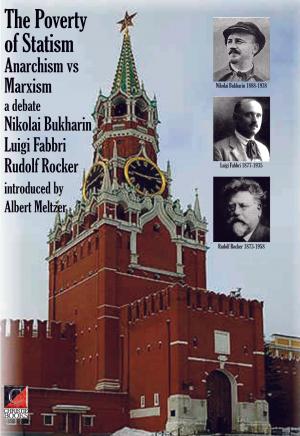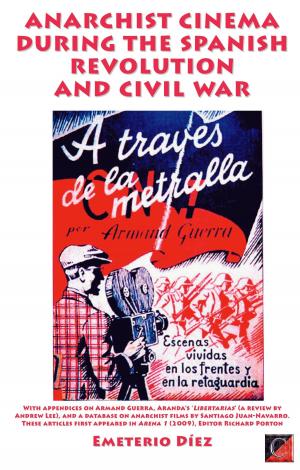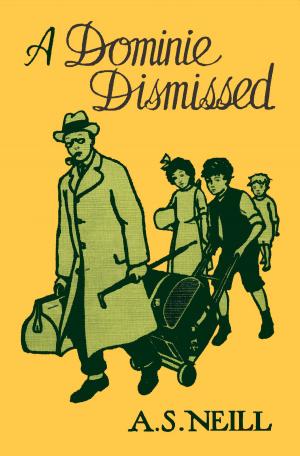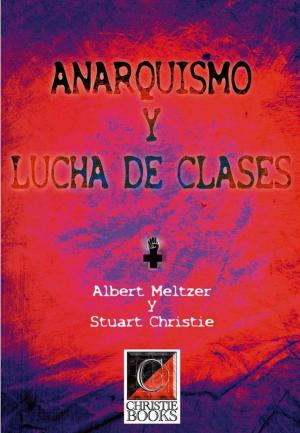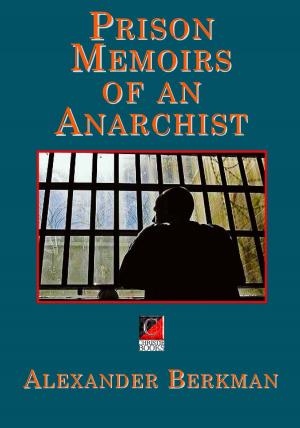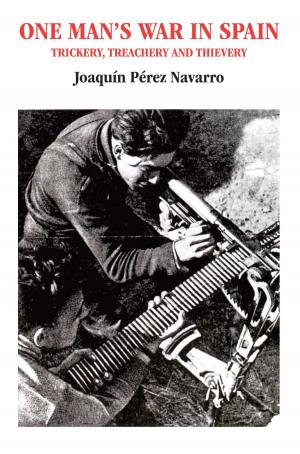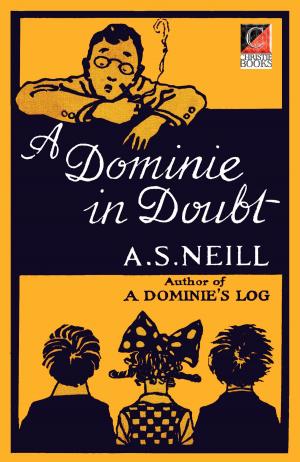THE SPANISH LABYRINTH
An Account of the Social and Political Background of the Civil War
Nonfiction, History, Spain & Portugal, Modern, 19th Century, 20th Century| Author: | Gerald Brenan | ISBN: | 1230001210477 |
| Publisher: | ChristieBooks | Publication: | July 1, 2016 |
| Imprint: | ChristieBooks | Language: | English |
| Author: | Gerald Brenan |
| ISBN: | 1230001210477 |
| Publisher: | ChristieBooks |
| Publication: | July 1, 2016 |
| Imprint: | ChristieBooks |
| Language: | English |
Written during the Spanish Civil War, published in 1943, revised in 1950 and republished in paperback in1960, The Spanish Labyrinth assesses the social and political background of the war, not the war itself. Brenan—a middle class, liberal, Anglo-Irish expatriate who lived in Spain from 1919 until 1936, returning in 1953 — wrote comprehensively about the political and religious divisions in Spain from the 16th to the 20th centuries: the church, the tensions with Liberalism, the ‘patria chica’ and the main autonomous regions, Carlism, industrialisation, the agrarian question, communal life, the Republic, the Constituent Cortes, class struggle, etc. — not forgetting the important role of anarchism and anarcho-syndicalism in Spanish politics. And although his attitude to the Spanish anarchist-anarcho-syndicalist movement and working class in general is patronising and condescending, it is to an extent understandable given his middle-class upbringing, prejudices and friendship circles.
Brenan swallowed, uncritically, contemporary hysterical, calumnious and propagandistic accounts of ‘irresponsible’, ‘ruthless’ and ‘typical’ acts of mass terrorism allegedly “carried out by the Durruti column in Aragón, and by the militia in Madrid on their way to the front”. Describing them as “the counterpart of the September Massacres of 1792”, he goes on to compare Durruti to the fanatical ultra-Catholic Carlist general Ramón Cabrera, and refers to the F.A.I. (Iberian Anarchist Federation) as a ‘secret society’, which it most definitely was not (see my “We, the anarchists. A study of the Iberian Anarchist Federation (FAI) 1927-1937”). He also states as fact (and without adducing any evidence) that the advent of the FAI brought with it an increasingly noticeable trend in Spanish anarchism: “the inclusion within its ranks of professional criminals — thieves and gunmen who certainly would not have been accepted by any other working class party — together with idealists of the purest and most selfless kind.”
In spite of Brenan’s shortcomings as an historian and his ambivalence toward the Spanish anarchist movement, as a personal insight The Spanish Labyrinth remains a highly readable, comprehensive and valuable account of social and political life in Spain in the years leading up to the Civil War.
Written during the Spanish Civil War, published in 1943, revised in 1950 and republished in paperback in1960, The Spanish Labyrinth assesses the social and political background of the war, not the war itself. Brenan—a middle class, liberal, Anglo-Irish expatriate who lived in Spain from 1919 until 1936, returning in 1953 — wrote comprehensively about the political and religious divisions in Spain from the 16th to the 20th centuries: the church, the tensions with Liberalism, the ‘patria chica’ and the main autonomous regions, Carlism, industrialisation, the agrarian question, communal life, the Republic, the Constituent Cortes, class struggle, etc. — not forgetting the important role of anarchism and anarcho-syndicalism in Spanish politics. And although his attitude to the Spanish anarchist-anarcho-syndicalist movement and working class in general is patronising and condescending, it is to an extent understandable given his middle-class upbringing, prejudices and friendship circles.
Brenan swallowed, uncritically, contemporary hysterical, calumnious and propagandistic accounts of ‘irresponsible’, ‘ruthless’ and ‘typical’ acts of mass terrorism allegedly “carried out by the Durruti column in Aragón, and by the militia in Madrid on their way to the front”. Describing them as “the counterpart of the September Massacres of 1792”, he goes on to compare Durruti to the fanatical ultra-Catholic Carlist general Ramón Cabrera, and refers to the F.A.I. (Iberian Anarchist Federation) as a ‘secret society’, which it most definitely was not (see my “We, the anarchists. A study of the Iberian Anarchist Federation (FAI) 1927-1937”). He also states as fact (and without adducing any evidence) that the advent of the FAI brought with it an increasingly noticeable trend in Spanish anarchism: “the inclusion within its ranks of professional criminals — thieves and gunmen who certainly would not have been accepted by any other working class party — together with idealists of the purest and most selfless kind.”
In spite of Brenan’s shortcomings as an historian and his ambivalence toward the Spanish anarchist movement, as a personal insight The Spanish Labyrinth remains a highly readable, comprehensive and valuable account of social and political life in Spain in the years leading up to the Civil War.
